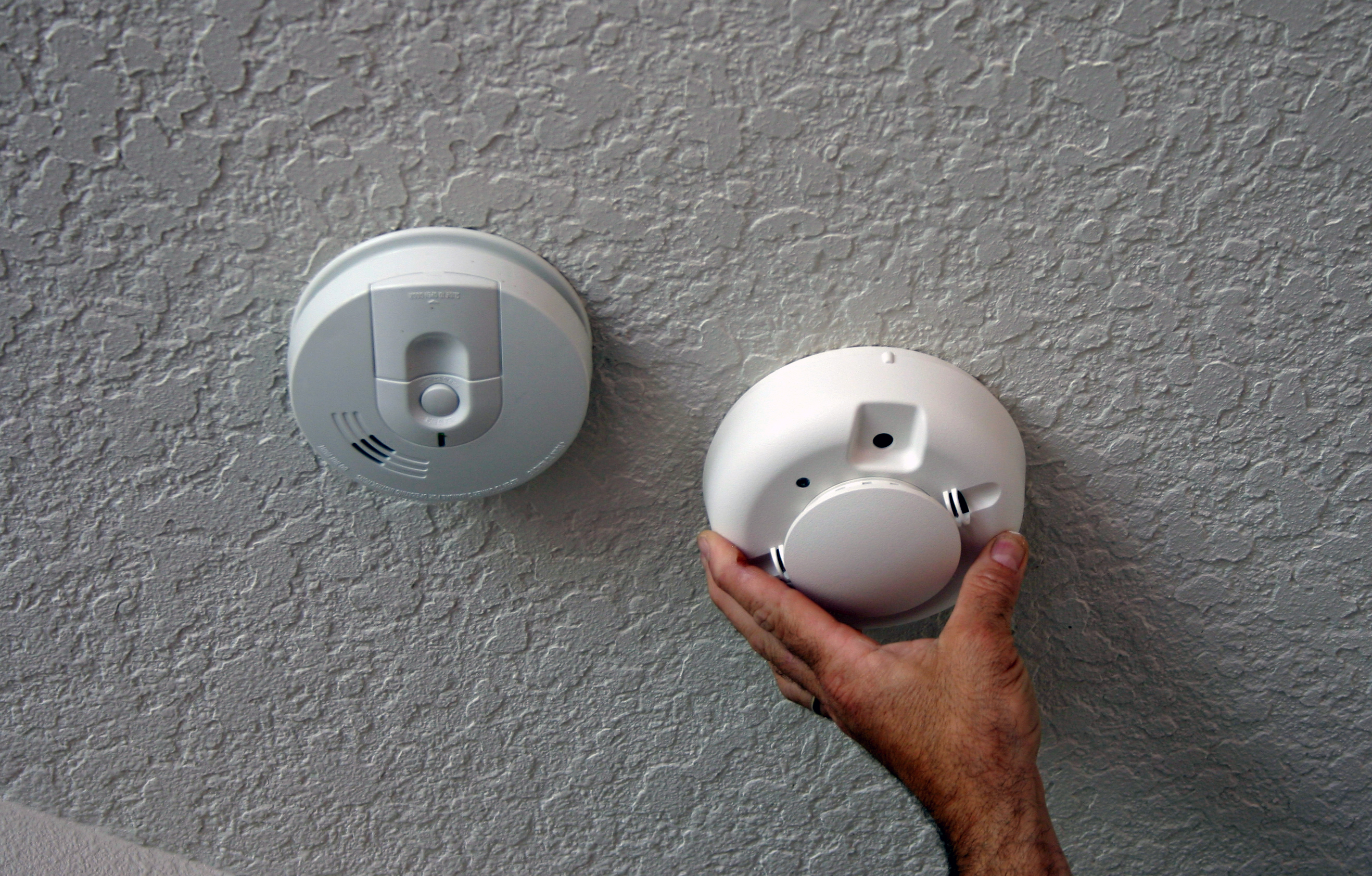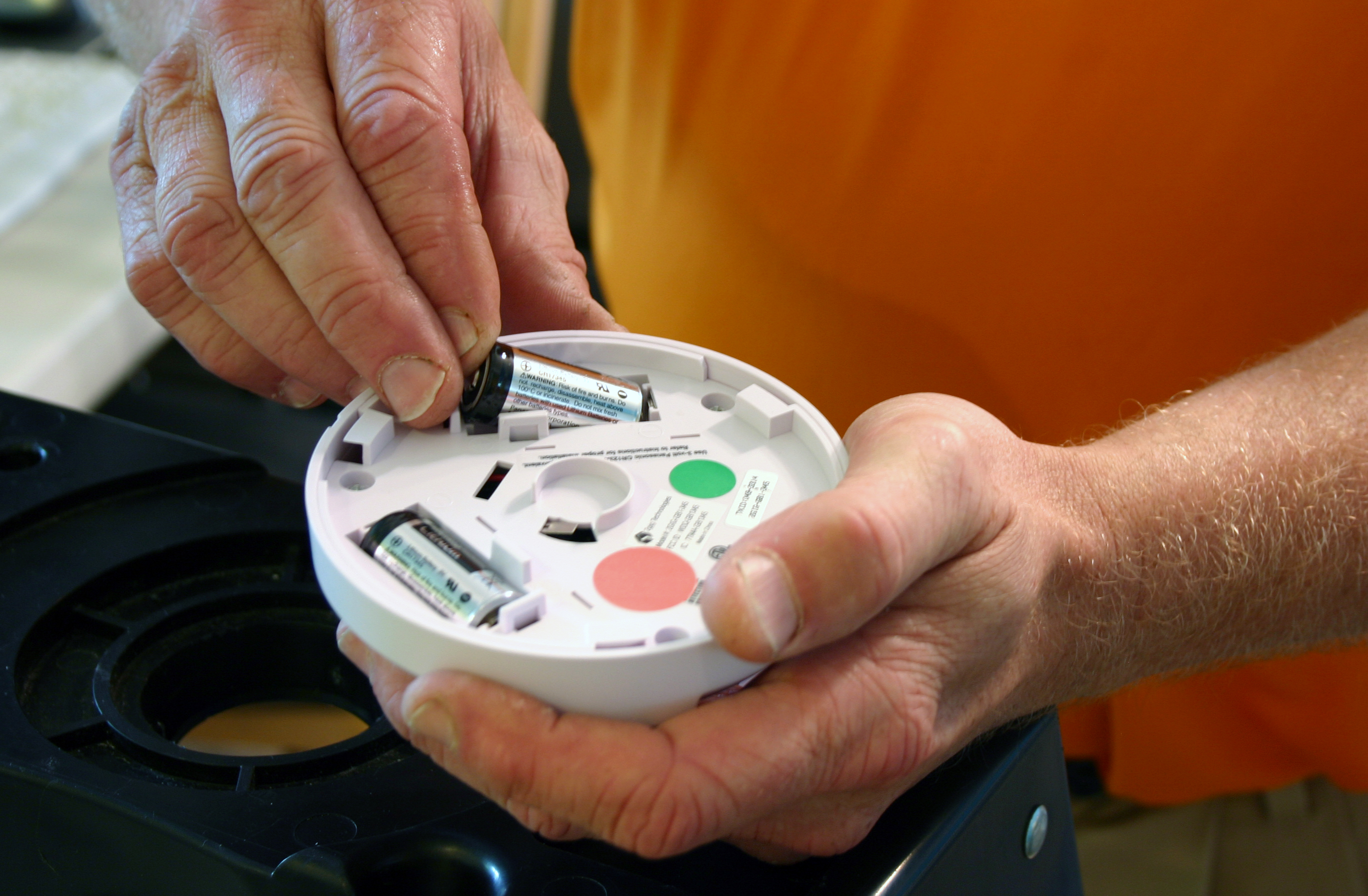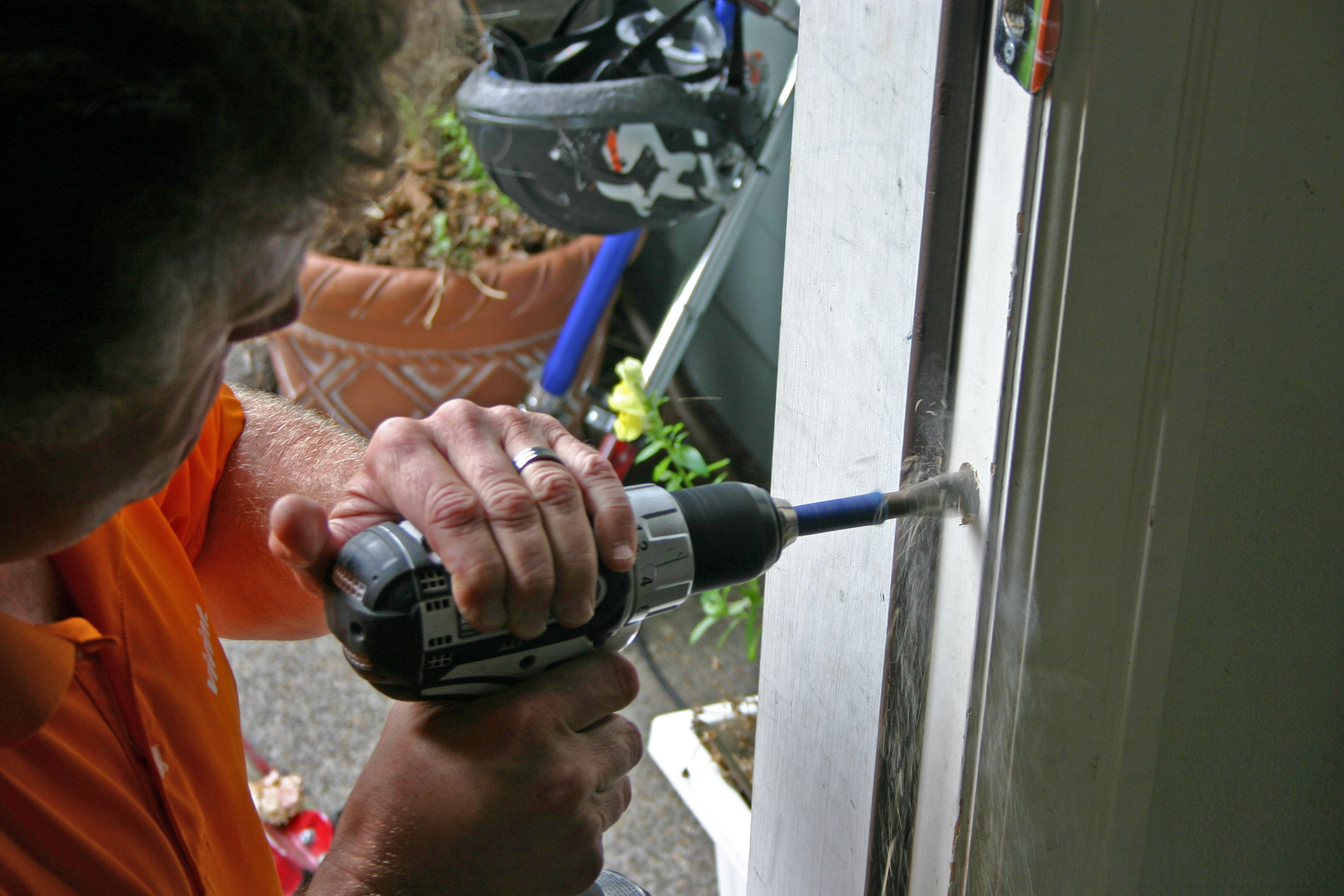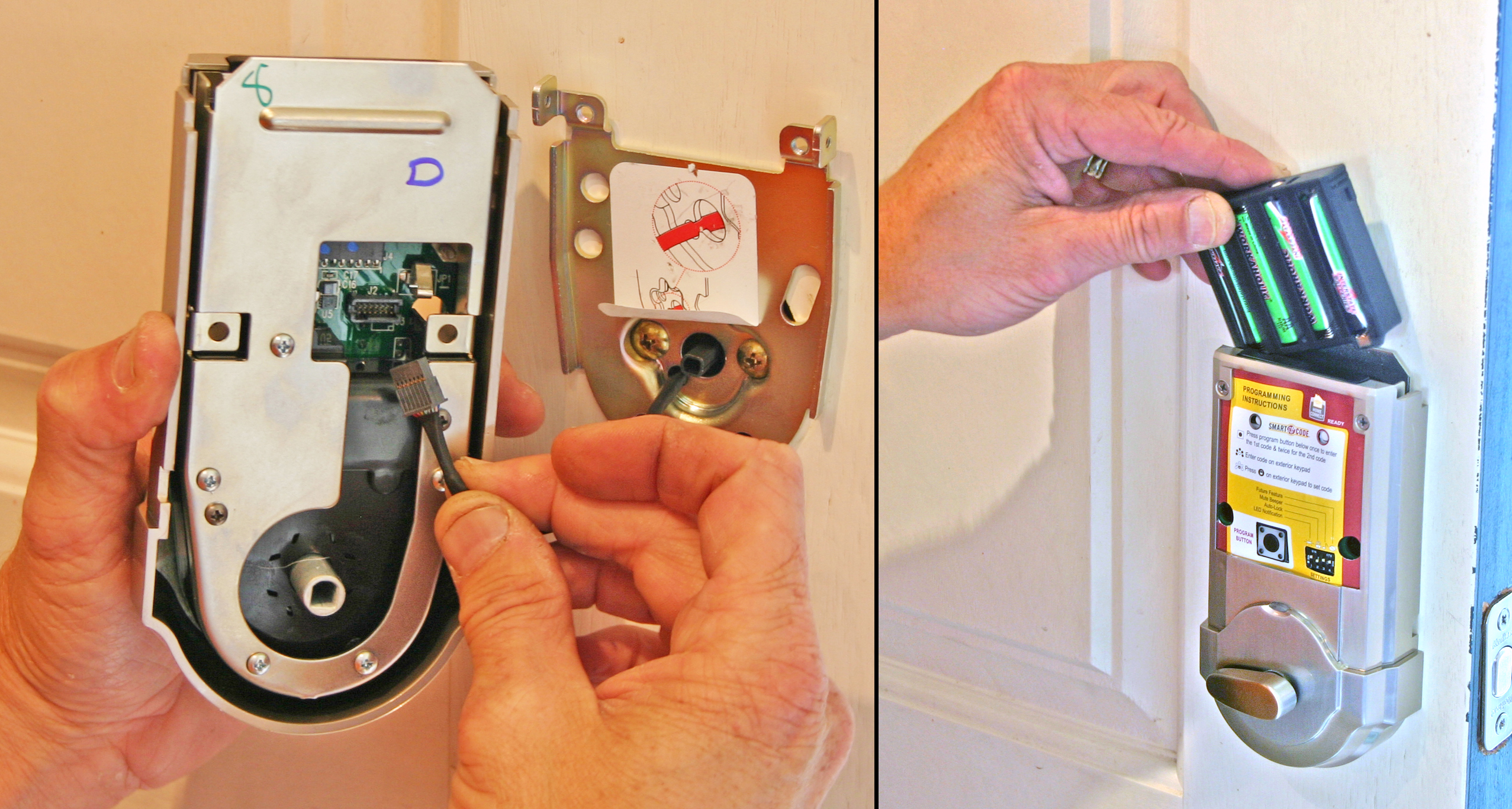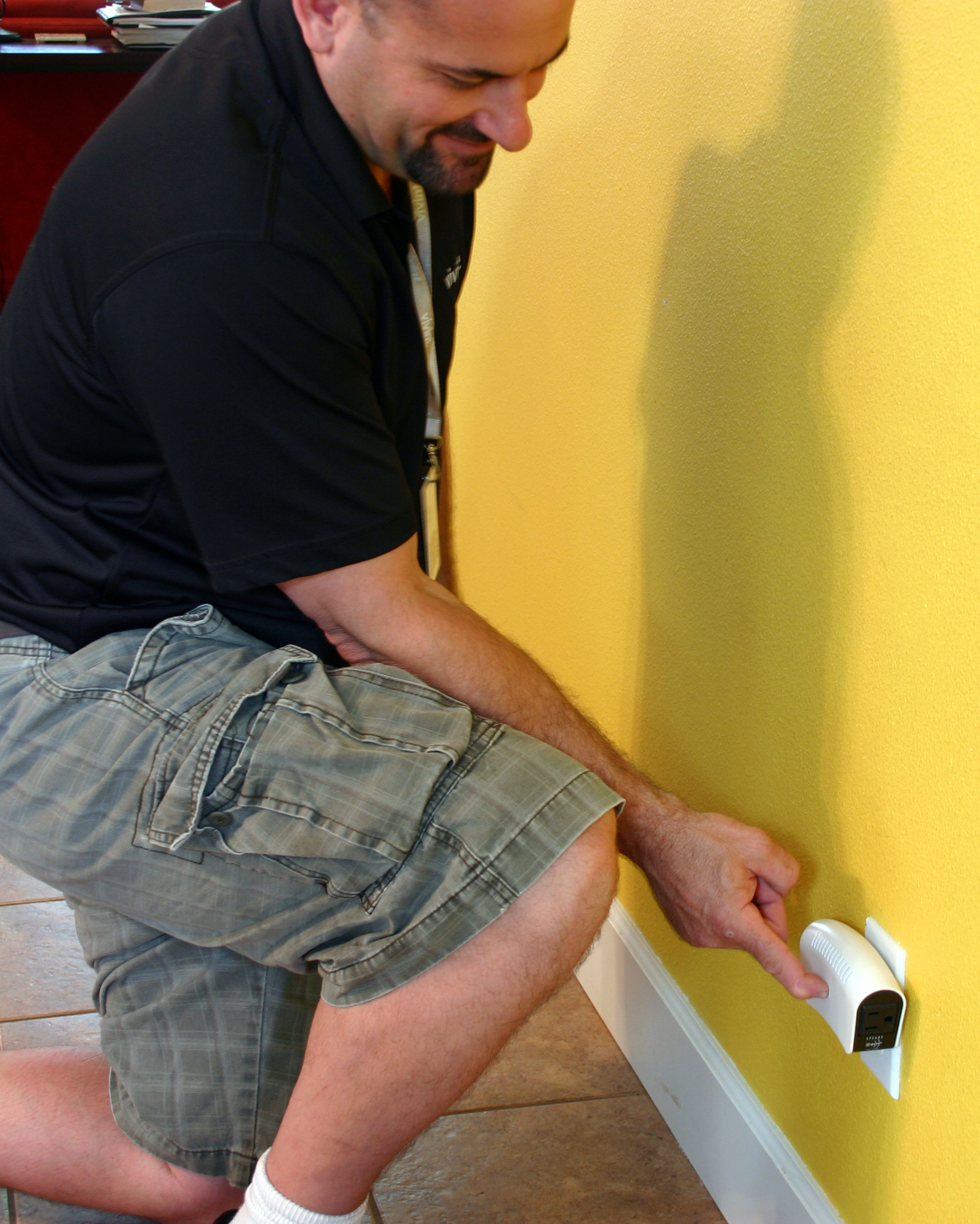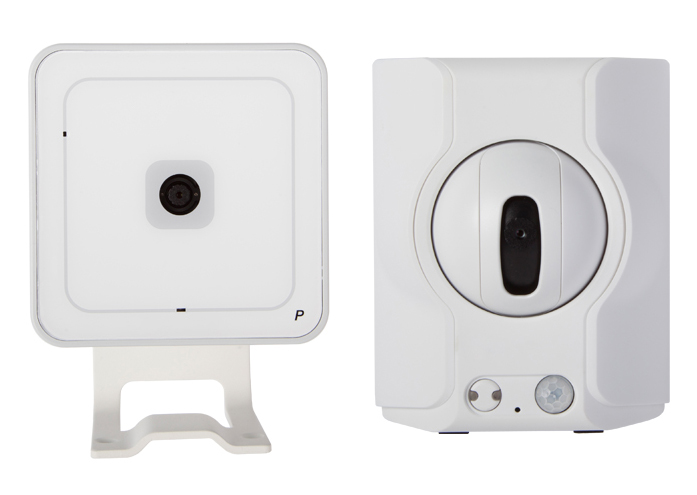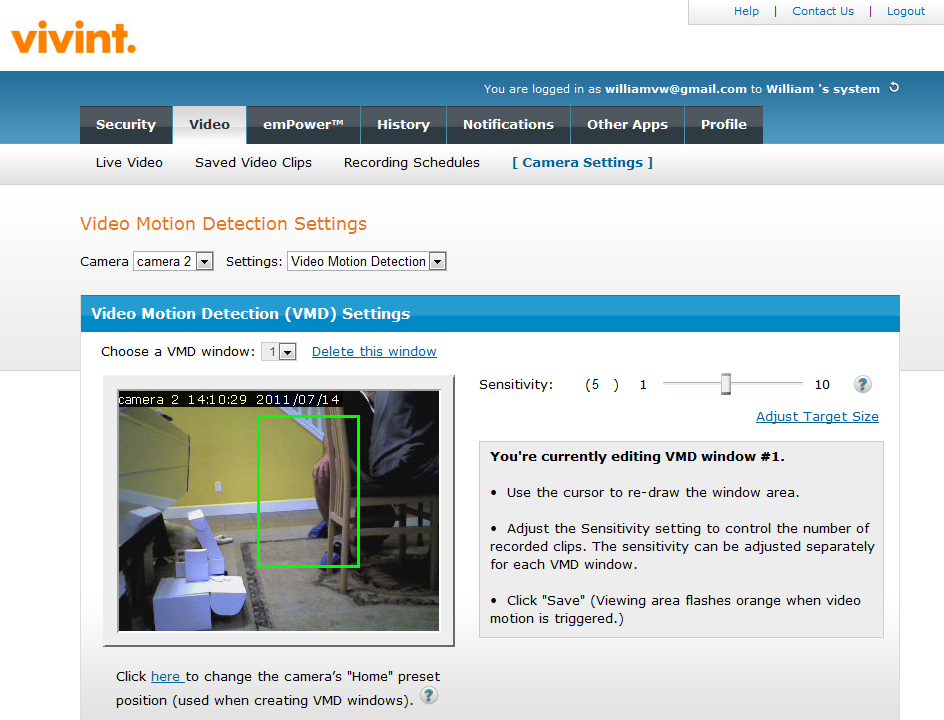In Pictures: Getting Connected To Next-Gen Home Security
Where There’s Smoke...
Yes, it seems redundant to put a smoke detector next to another smoke detector. However, there are two kinds of smoke detection technology: ionization (which came with the house) and photoelectric (used by Vivint). Whereas ionization monitors whether smoke is disrupting current flow through an ionization chamber, photoelectric technology monitors to see whether smoke particles are scattering beamed light into a receptor. Photoelectric generally requires more smoke to trigger an alarm, so Vivint equips the unit with a heat detector for double protection.
Breaking Glass
Because several of our windows use hand cranks rather than sliding designs, we picked “glass break” sensors for two rooms. These devices listen for the sound frequencies typical of shattering glass. One glass break sensor is sufficient to cover our front room windows, as well as a side window. First-gen glass breaks would trigger if someone dropped a piece of silverware on tile. Modern units are much more accurate, and require a fair amount of actual glass breaking in order to cause an alarm.
Shave And A Wood Cut
Now the scary part. Watching anyone carve into the permanent wood of your home is disquieting, though here it was necessary. After removing the old deadbolt, we had to carve a recess into the door in order for the new bolt plate to fit and not obstruct the closing of the door. I noted that the installers were very conservative here, only shaving off as much as absolutely necessary in order to get a flush fit.
Drill, Baby, Drill!
More destruction. As with the sliding doors, Vivint relies on magnetic sensors for wooden doors, preferring to drill into the wood of both door and door frame into which “recessed door contacts” will snugly fit. The sensors, like most of Vivint’s hardware, are made by 2Gig. Today, these sensors are proprietary, but Vivint tells us that a move to industry standards is likely in the future. With no other real competitors in this market, there’s little need for Vivint to change.
Sensor Innards
As you can see, there’s not much to these contact sensors.The tube has a 2.5” length, and the lithium battery (rated for five years)takes up nearly half if its interior. The magnetic sensor must have at least0.625” between itself and the magnet plug that fits into an opposing hole inthe door. A 0.85” gap is typical. Naturally, this leaves quite a mess, but ourinstallers were great about cleaning everything up.
A Major Lock Upgrade
Now for the other side of the door. The new deadbolt mechanism is motorized, and to lock it from the outside, you need only press the lock button in the center of the keypad. To unlock from the outside, you enter a four-digit PIN on the keypad and hit the lock button, or you can use a key in case the battery or lock motor fails. Note that higher-quality locks like these are less prone to increasingly common “bump key” break-ins.
Power And Motor
Inside, here’s how the door lock gets connected. The outside keypad wires in and connects to a circuit board which, in turn, connects to a motor that turns the deadbolt. After mounting to a plate that screws into the deadbolt’s circular frame, the whole apparatus is powered by four AA batteries. Note the DIP switches for controlling features and the program button for adding new PIN codes into the keypad. We added these same entry codes into the Go!Control panel to designate different users.
Get Tom's Hardware's best news and in-depth reviews, straight to your inbox.
Lights!
Our installer is holding down the pairing button on Vivint’s latest model lighting and small appliance control switch. With this, the Go!Control panel can issue on/off commands to lights or similar low-power devices, such as a coffee maker, via Z-Wave wireless communications. We're able to use Vivint’s online scheduling capabilities to control these lights and simulate people being home when we’re away on vacation.
Cameras!
The only issue we had with Vivint’s hardware choices concerned its IP cameras. Shown here are the service’s only two options: one fixed and one able to pan/tilt. Both max out at 640x480 resolution, have 802.11b/g Wi-Fi, and 10/100 Ethernet connectivity, and record in MPEG-4. Their image quality is fair, but at these prices ($149 and $199, respectively), we expected better. If nothing else, we’d like to see infrared added for night surveillance.
Action!
Like most decent IP camera kits, though, you get the ability to establish monitoring zones within each camera view from within the Web-based management GUI. You drag with your mouse to create the monitoring area, then use the slider to indicate sensitivity. For example, within one field of view, you may wish to monitor the doorway, but not the scene outside of a window. You can also establish recording schedules, email alerts, view live video, and review saved 30-second clips.
